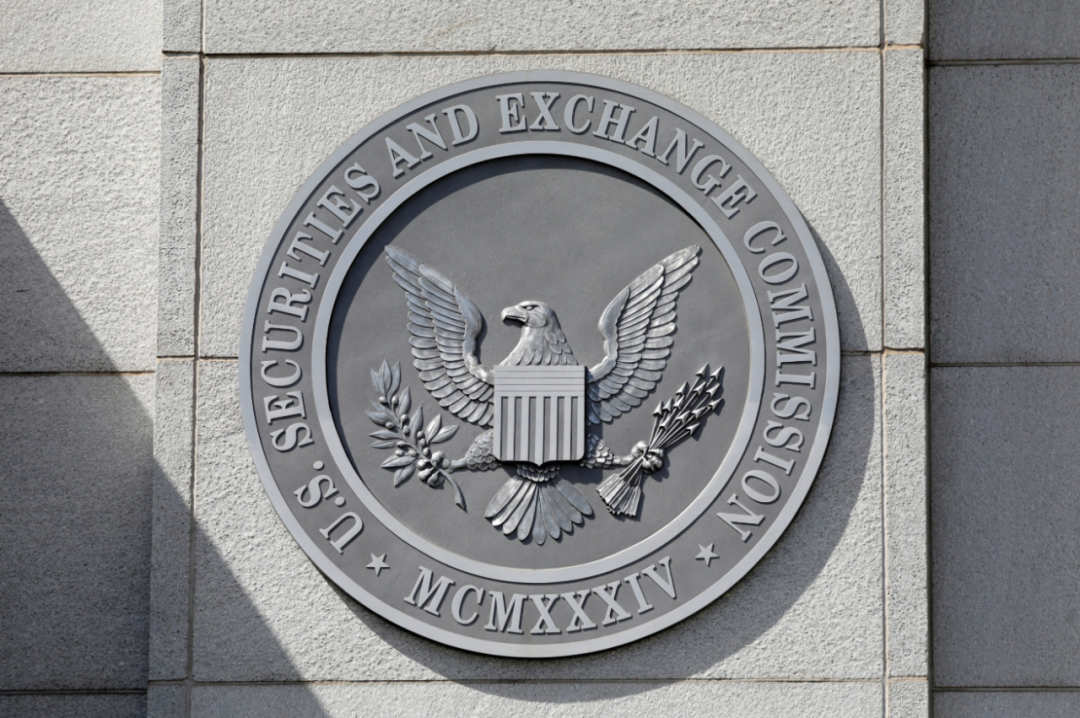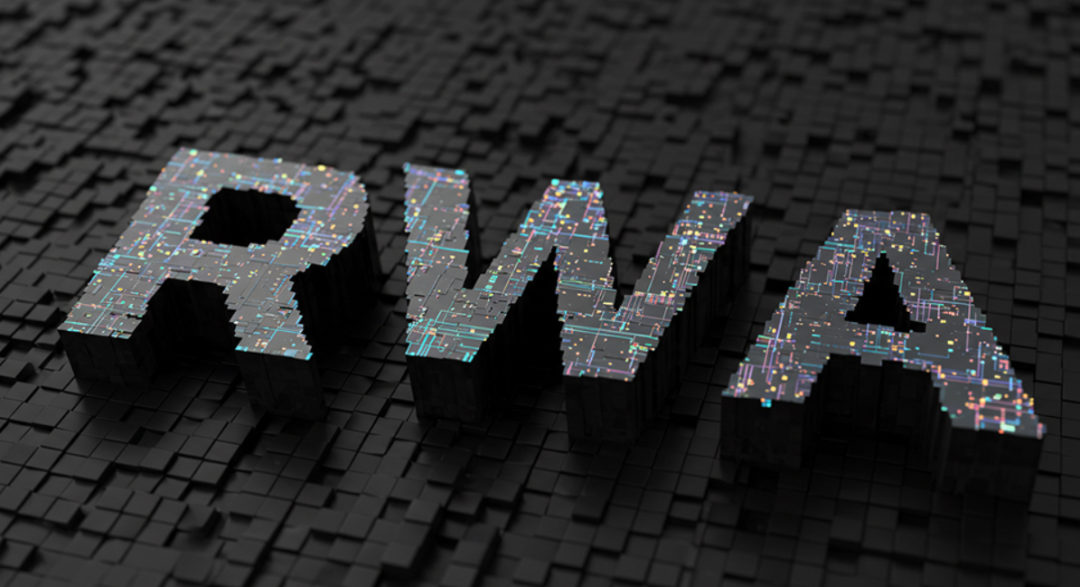Author: Liang Yu
Editor: Zhao Yidan
On November 19, 2025, BlackRock registered the "iShares Staked Ethereum Trust" entity in Delaware, USA, marking the official launch of its process to establish a staked Ethereum ETF. This comes about 15 months after the launch of its flagship Ethereum ETF product, ETHA, which has attracted $13.1 billion in inflows.
This is not a solitary race. Institutions such as VanEck and 21Shares have urged the U.S. Securities and Exchange Commission (SEC) to adopt a "first-come, first-served" principle for approvals, unwilling to be "batch approved" alongside BlackRock, which submitted its application later. Meanwhile, Ethereum co-founder Vitalik Buterin has warned that if institutions like BlackRock continue to accumulate ETH at the current pace, Ethereum will face two major existential threats: "community erosion" and "wrong technical choices." A competition concerning the future of financial forms has quietly escalated into a strategic positioning battle over this new battlefield of on-chain income-generating assets.

1. Global Competition: The Quiet Heating Up of the Staked ETF Track
In the summer of 2025, the integration of traditional finance and the crypto world entered a new phase. BlackRock's registration of a staked Ethereum ETF entity in Delaware signifies that this asset management giant, managing $13.5 trillion in assets, has officially joined the competition concerning the future of financial forms.
According to Bloomberg, this move is a natural extension following BlackRock's submission of a modified 19b-4 application to the SEC, aimed at adding staking functionality to its iShares Ethereum Trust. BlackRock is not alone in this. Asset management companies like Fidelity, 21Shares, Franklin Templeton, and Grayscale have also submitted similar proposals, creating an intense competition over who can obtain SEC approval first.
There have even been instances of institutions like VanEck urging the SEC to approve applications based on the "first-come, first-served" principle, reflecting the urgency among institutions to seize market opportunities. This competitive landscape indicates that staked Ethereum ETFs have moved from conceptual discussions to the substantive product implementation stage.
The global nature of this competition is becoming increasingly evident. In Hong Kong, Bosera Asset Management and Huaxia Fund have already received regulatory approval to launch staking services for their Ethereum ETFs. According to the Hong Kong Securities and Futures Commission's regulations, these funds can stake up to 30% of their Ethereum holdings.
This pioneering practice provides important references for other global markets and intensifies the pressure faced by U.S. regulators.
2. Mechanism Analysis: From Static Holding to Dynamic Income Generation Paradigm Shift
To understand the innovative significance of staked Ethereum ETFs, one must start with the foundational mechanisms of the Ethereum network. Since completing its merge in September 2022, Ethereum has fully transitioned from a proof-of-work to a proof-of-stake mechanism.
Under this system, validators need to stake ETH to participate in network protection and, in return, receive rewards. According to the official explanation from the Ethereum Foundation, this transition aims to reduce network energy consumption while enhancing security and scalability.
The core innovation of staked Ethereum ETFs lies in combining the traditional ETF structure with Ethereum's staking reward mechanism. Compared to spot Ethereum ETFs that only track ETH prices, staked ETFs offer a dual return potential of "price exposure + staking rewards."
According to Blocknative's data for the second quarter of 2025, the average annual return rate for staked ETH is about 3.95%, although the actual net returns for investors may drop to between 1.7% and 2.2% due to management fees and other costs.
In terms of operational mechanisms, these funds first hold physical ETH assets in cold storage, then entrust a portion of the ETH to professional validators through regulated custodians. These validators participate in Ethereum network consensus and earn staking rewards, which are then reinvested back into the fund or distributed as dividends.
Liquidity management is one of the core challenges faced by staked ETFs. Unlike traditional financial assets that can be traded at any time, staked ETH has an unlocking period ranging from 9 to 50 days. To address potential liquidity risks, issuers typically adopt two strategies: reserving a portion of un-staked ETH as a buffer pool or utilizing liquid staking derivative protocols.
3. Regulatory Game: SEC's Deep Concerns and Approval Pathways
The regulatory environment for staked Ethereum ETFs is far more complex than that for spot products. The SEC has multiple concerns regarding the staking mechanism, with the core issue being whether staking services constitute an "investment contract" under the Howey Test.
According to this standard established by the U.S. Supreme Court, an investment contract must meet four elements: "investment of money, common enterprise, expectation of profits, and reliance on the efforts of others." SEC Chairman Gary Gensler has publicly stated multiple times that he believes most crypto transactions fit this definition.
Investor protection is another major concern for the SEC. In terms of technical risks, the potential forfeiture risks associated with staking need to be adequately managed and disclosed at the fund level. Custody and operational risks are equally critical; when large assets are entrusted to third parties for staking, the risks of centralization and smart contracts need to be strictly controlled.

Moreover, the accounting treatment and tax reporting of staking rewards are more complex than simply holding assets, which also increases regulatory difficulty.
Global regulatory practices provide important references for the U.S. In August 2024, the Hong Kong Securities and Futures Commission launched the Ensemble sandbox project to promote the development of tokenization applications, subsequently approving staking services for Ethereum ETFs.
Although the EU has passed the MiCA regulation, it remains cautious about staked ETFs. Singapore has explicitly prohibited retail participation in staking and has strict requirements for institutional staking. This regulatory divergence reflects different risk perceptions and regulatory philosophies regarding crypto assets across regions.
The approval process may follow the "first-come, first-served" principle. VanEck, 21Shares, and Canary Capital have publicly urged the SEC to adopt this approval process, not wanting to be "batch approved" alongside BlackRock, which submitted its application later.
Considering the SEC's more open stance towards cryptocurrency exchange-traded products under the Trump administration, along with the introduction of universal listing standards, analysts predict that the SEC is likely to provide an initial response to early submitted staking proposals by October 2025.
4. Power Shift: The Invisible Game Between Traditional Finance and Crypto Natives
The entry of traditional financial institutions like BlackRock has sparked in-depth discussions about changes in the power structure of the Ethereum network. As a significant amount of ETH may flow into service providers like Lido through a few ETFs, the risk of centralization of staking power is a concern.
According to Dune Analytics data, Lido currently controls nearly 30% of the staked ETH market share. If this proportion continues to rise, it could impact the network's decentralization characteristics. The involvement of traditional finance in Ethereum staking indeed brings positive effects on network security. As more ETH is locked in staking, the cost of attacking the network will significantly increase. Industry analysis suggests that Ethereum's "theoretical attack cost" is currently around $31.5 billion.

If BlackRock's assets deployed on Ethereum reach $2.68 billion, to maintain the on-chain asset security coverage at financial safety standards, the ETH price may need to approach $6,800. Analyzing institutional motivations requires going beyond surface-level product enhancements. BlackRock's market share defense is one of the key factors. As crypto asset allocation becomes standard in the asset management industry, first-mover advantages become particularly important.
Fee competition has also quietly begun, with early applicants potentially dominating the market through more competitive rates. Additionally, the competitive relationship with Coinbase and Fidelity in custody services also influences the strategic layout of all parties.
The core of this game lies in the redistribution of validator weight. If traditional financial institutions control a large amount of staked ETH through ETF channels, they may gain disproportionate influence in Ethereum network governance.
Although the current ETF model typically delegates governance rights to professional service providers, this power structure may change the traditional decision-making mechanisms of the Ethereum community in the long run.
5. Economic Effects: The Bidirectional Impact of Staked ETFs on the Ethereum Ecosystem
If approved, staked Ethereum ETFs will have complex and far-reaching impacts on Ethereum's economics. From a positive perspective, it may change Ethereum's investment logic and asset attributes.
Eric Jackson, founder of EMJ Capital, predicts that Ethereum is likely to reach $10,000 or even higher in this cycle. His analytical model attributes ETH's potential growth drivers to four factors: stable staking yields, a net negative issuance trend since the merge, new demand brought by staking ETFs, and increased network activity driven by Layer 2 and tokenized assets.
The reconstruction of market demand may bring new dynamics of capital inflow. Traditional investors participating in staking through compliant channels will accelerate the flow of capital into the Ethereum ecosystem. This continuous inflow of institutional funds not only affects the price discovery mechanism but may also change the volatility characteristics of the market.
Historical data shows that increased institutional participation usually accompanies enhanced market maturity and gradually reduced volatility. However, potential systemic risks also need to be monitored. An excessively large scale of staked ETFs may lead to the accumulation of "on-chain systemic risks." When a large amount of assets are staked through similar mechanisms, market shocks may be amplified through the ETF redemption mechanism.
Especially under extreme market conditions, the concentrated unlocking of staked assets may exacerbate market volatility. This risk has precedents in traditional finance, with the money market fund runs during the 2008 financial crisis serving as an important warning.
For ordinary investors, staked ETFs indeed lower the participation threshold. Without needing to perform technical operations themselves, they can participate in Ethereum staking with a single click through traditional securities accounts. At the same time, operating under the SEC regulatory framework provides a safe channel for investors concerned about compliance. However, this convenience may also lead to insufficient understanding of underlying risks, especially when staking rewards are simply likened to interest income in traditional finance.
6. RWA Perspective: The Synergistic Evolution of Staked ETFs and Real-World Assets
The development of staked Ethereum ETFs shows significant synergistic effects with the evolution of Real-World Assets (RWA). As the largest public chain by RWA asset scale, Ethereum has already hosted over $7 billion in RWA assets and $120 billion in stablecoin assets.
This vast on-chain financial ecosystem provides a solid application scenario for staked ETFs and explains why BlackRock views it as a strategic stronghold.
BlackRock's layout in Ethereum has long surpassed mere product applications. The company has regarded Ethereum as the underlying platform for RWA, betting on it to become "on-chain Wall Street." BlackRock's BUIDL fund has chosen Ethereum as the underlying deployment chain for five main reasons: mature infrastructure, ease of compliance integration, well-established token standards, a rich on-chain financial ecosystem, and strategic considerations.
This deep binding reflects the gradual recognition of traditional finance towards the Ethereum tech stack.

Hong Kong's pioneering practices with Ethereum ETFs are closely related to the development of Real-World Assets (RWA). The first retail tokenized fund in the Asia-Pacific region launched by Huaxia Fund, with underlying assets in Hong Kong dollar short-term deposits, demonstrates a viable path for the integration of traditional financial assets and blockchain technology. This innovation not only provides new options for investors but also offers important case studies for regulatory practices in other global markets.
From a broader perspective, staking yields may become a new, configurable income category in institutional asset allocation. In an era of zero interest rates, asset classes that can provide stable returns are highly favored.
Some analysts view staking yields as a prototype of "on-chain bonds." Although this analogy is still preliminary, it indeed points to potential future developments. This paradigm innovation may catalyze more structured products and derivatives based on staking yields, further enriching the RWA ecosystem.
7. Future Outlook: Blurred Boundaries and Restructuring of Financial Infrastructure
The potential impact of staked Ethereum ETFs extends far beyond a single product category; it represents a further blurring of the boundaries between traditional finance and the DeFi world. As Wall Street begins to dominate Ethereum staking, we need to rethink the power structure on-chain.
This integration brings both efficiency improvements and market expansion, while also provoking profound discussions about the essence of the financial system.
The evolution of regulatory technology will be a key variable. As traditional financial institutions deeply engage with the crypto ecosystem, regulatory technology must also be upgraded in tandem. The construction of on-chain regulation, real-time risk monitoring, and cross-border collaboration mechanisms is urgent.
Hong Kong's regulatory sandbox model, the EU's MiCA framework, and the U.S. case-by-case approval system reflect different choices made by various jurisdictions in balancing innovation and risk.
The competition for technological infrastructure is equally fierce. In addition to Ethereum, emerging public chains like Solana, Sui, and Aptos are actively developing their staking ecosystems. According to Staking Rewards data, Solana's staking annualized yield is approximately 8.70%, higher than Ethereum's 3.95%.
This difference reflects the distinctions in design philosophy, security models, and economic mechanisms across different networks, providing investors with diversified choices.
In the long run, staked ETFs may merely represent an intermediate form of the integration between traditional finance and the crypto world. As technology matures and regulations become clearer, more complex on-chain native income products may enter mainstream financial markets.
This evolution will not only change the product landscape of the asset management industry but may also reshape the operational logic of the entire financial system. When on-chain income becomes a configurable asset class, traditional risk pricing models and asset allocation theories will need to be adjusted accordingly.
Looking ahead, regardless of whether the SEC approves BlackRock's application this time, institutional exploration of on-chain native income will not cease. This competition is not just about products; it is also a struggle for discourse power over the future financial infrastructure.
As Wall Street begins to participate in Ethereum staking, the on-chain power structure is being rewritten, and this is just the beginning.
Some sources of information:
· "BlackRock Registers iShares Staked Ethereum ETF in Delaware"
· "BlackRock Hints at Developing New Staked Ethereum (ETH) Trust ETF"
· "VanEck and Other Institutions Urge SEC to Approve Ethereum ETF Staking Applications on a 'First-Come, First-Served' Basis, Not Willing to be Batch Approved with BlackRock"
免责声明:本文章仅代表作者个人观点,不代表本平台的立场和观点。本文章仅供信息分享,不构成对任何人的任何投资建议。用户与作者之间的任何争议,与本平台无关。如网页中刊载的文章或图片涉及侵权,请提供相关的权利证明和身份证明发送邮件到support@aicoin.com,本平台相关工作人员将会进行核查。


